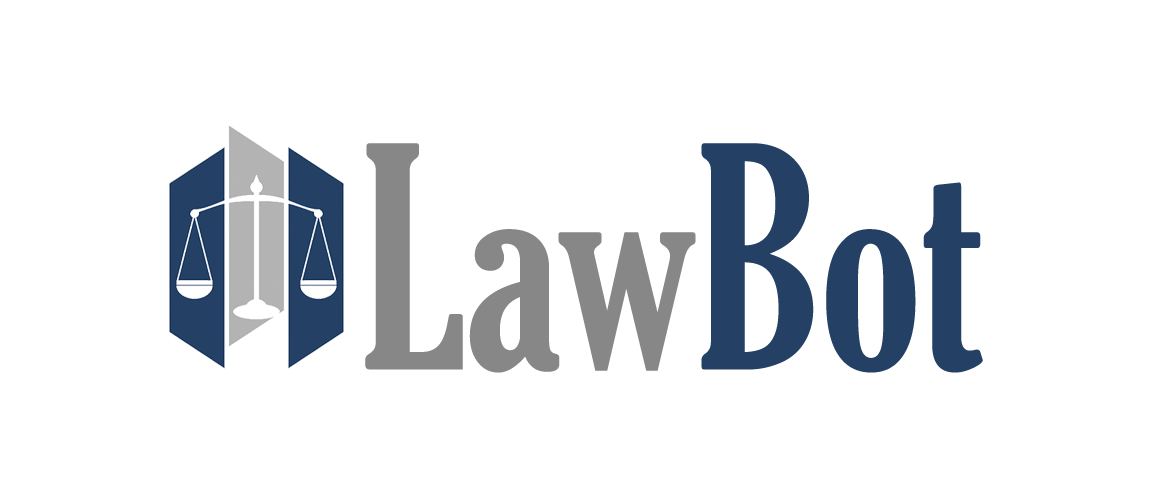
Investing in real estate is a well-trod route to financial success. It’s critical to keep up with the most recent tactics and opportunities that can help you succeed in real estate investing, regardless of your level of experience. Reverse 1031 Exchange is one such tactic that has gained popularity recently. We’ll go into great detail about the nuances of reverse 1031 exchanges in this post and examine how using this strategy may help you achieve real estate success.
Understanding the 1031 Exchange
Understanding the fundamentals of a standard 1031 exchange is necessary before attempting to understand the idea of a reverse 1031 Exchange . With a 1031 exchange, real estate investors can buy and sell properties while deferring capital gains taxes. It’s a tax-deferred transaction. For many years, real estate investing has been based on this tax-saving strategy.
The standard 1031 exchange is a forward exchange, which means the investor must first sell the property they currently own in order to find and purchase a replacement within a set amount of time. In order to get tax benefits from a 1031 exchange, certain requirements and deadlines must be met, according to the Internal Revenue Service (IRS).
The Reverse 1031 Exchange Unveiled
The Reverse 1031 Exchange, on the other hand, flips the traditional process on its head. In a Reverse 1031 Exchange, an investor acquires a replacement property before selling their existing property. This approach can be a game-changer, especially in scenarios where a lucrative investment opportunity arises, and time is of the essence.
The Mechanics of a Reverse 1031 Exchange
1. Acquisition of Replacement Property
In a Reverse 1031 Exchange, the first step is to identify and acquire the replacement property. This property is often held in the name of an Exchange Accommodation Titleholder (EAT) since the investor cannot hold both the relinquished property and the replacement property simultaneously.
2. Sale of the Existing Property
Once the replacement property is secured, the investor has 180 days to sell their existing property. The proceeds from the sale are then used to pay off any debt associated with the replacement property. This step is crucial to comply with IRS regulations.
3. Completion of the Exchange
The Reverse 1031 Exchange is completed when the existing property is sold, and the proceeds are applied to the replacement property. The investor must adhere to the timelines and guidelines set forth by the IRS, including a 45-day identification period for the existing property and the 180-day exchange period.
Potential Benefits of a Reverse 1031 Exchange
1. Seize Investment Opportunities
The Reverse 1031 Exchange allows investors to capitalize on hot property markets or unique investment opportunities without waiting to sell their existing property first. This flexibility can be a significant advantage in a fast-moving real estate landscape.
2. Preserve Equity
By acquiring the replacement property first, investors can safeguard the equity from their existing property. This can be particularly beneficial in situations where property values are expected to rise.
3. Mitigate Timing Issues
Real estate transactions often face unexpected delays, which can jeopardize the completion of a regular 1031 exchange. With a Reverse 1031 Exchange, investors have more control over the timing of their transactions, reducing the risk of losing out on tax benefits.
Tax Considerations
It’s important to note that while the Reverse 1031 Exchange offers substantial advantages, it also comes with its share of complexities and tax considerations.
Potential Tax Implications
1. Financing Restrictions
Financing the acquisition of the replacement property in a Reverse 1031 Exchange can be challenging, as traditional lenders may be hesitant to provide loans for properties not owned by the investor.
2. Holding Costs
During the Reverse 1031 Exchange process, investors may have to bear the holding costs of both the existing and replacement properties simultaneously. These costs can accumulate, impacting the overall profitability of the exchange.
3. Strict Compliance
To enjoy the tax benefits of a Reverse 1031 Exchange, investors must strictly adhere to the IRS guidelines. Any deviations can result in a disqualification from the tax deferral.
Is a Reverse 1031 Exchange Right for You?
Determining whether a Reverse 1031 Exchange .com/ is the right strategy for your real estate investments depends on your specific circumstances and goals. Here are some factors to consider:
Consider a Reverse 1031 Exchange If:
- You’ve identified a unique investment opportunity that requires quick action.
- Property values are expected to rise significantly, and you want to lock in equity now.
- You’re comfortable navigating the complexities and potential financing challenges associated with the exchange.
Stick with a Regular 1031 Exchange If:
- You’re not in a rush to acquire a replacement property.
- The existing property is generating income that you can’t afford to lose during the exchange.
- You prefer a more straightforward exchange process with less complexity.
Conclusion: The Road to Real Estate Prosperity
To sum up, the Reverse 1031 Exchange is an effective instrument that may guide you toward success in the real estate market. It provides you with a distinct edge in the real estate investing field by enabling you to take advantage of investment possibilities, protect equity, and manage timing concerns. But it’s important to be aware of the possible tax ramifications, the difficulties in funding, and the stringent compliance standards.
FAQs About Reverse 1031 Exchanges
Q1: Can I use a Reverse 1031 Exchange for any type of property?
A1: Reverse 1031 Exchanges can be used for various types of real estate, including residential, commercial, and even vacant land.
Q2: Are there time limits for completing a Reverse 1031 Exchange?
A2: Yes, there are strict time limits outlined by the IRS. The investor has 45 days to identify the existing property to be sold and 180 days to complete the exchange.
Q3: What are the potential tax benefits of a Reverse 1031 Exchange?
A3: The primary tax benefit is the deferral of capital gains taxes. By using a Reverse 1031 Exchange, investors can defer taxes until a later date when they sell the replacement property.
Q4: How do I find a qualified intermediary for a Reverse 1031 Exchange?
A4: It’s crucial to work with a qualified intermediary experienced in 1031 Exchanges. They can guide you through the process and ensure compliance with IRS regulations.
Q5: What happens if I can’t sell my existing property within the 180-day window?
A5: Your Reverse 1031 Exchange may lose its tax-deferred status if you are unable to sell the current property within the allotted period. It is necessary to carefully prepare and carry out the trade.
The Reverse 1031 Exchange might be a useful weapon in your real estate investing toolbox. To find out if this approach fits your investing objectives and situation, it’s crucial to speak with tax and real estate experts. The path to real estate success may not always be straight, but it may be successfully traveled with the appropriate information and approach.





